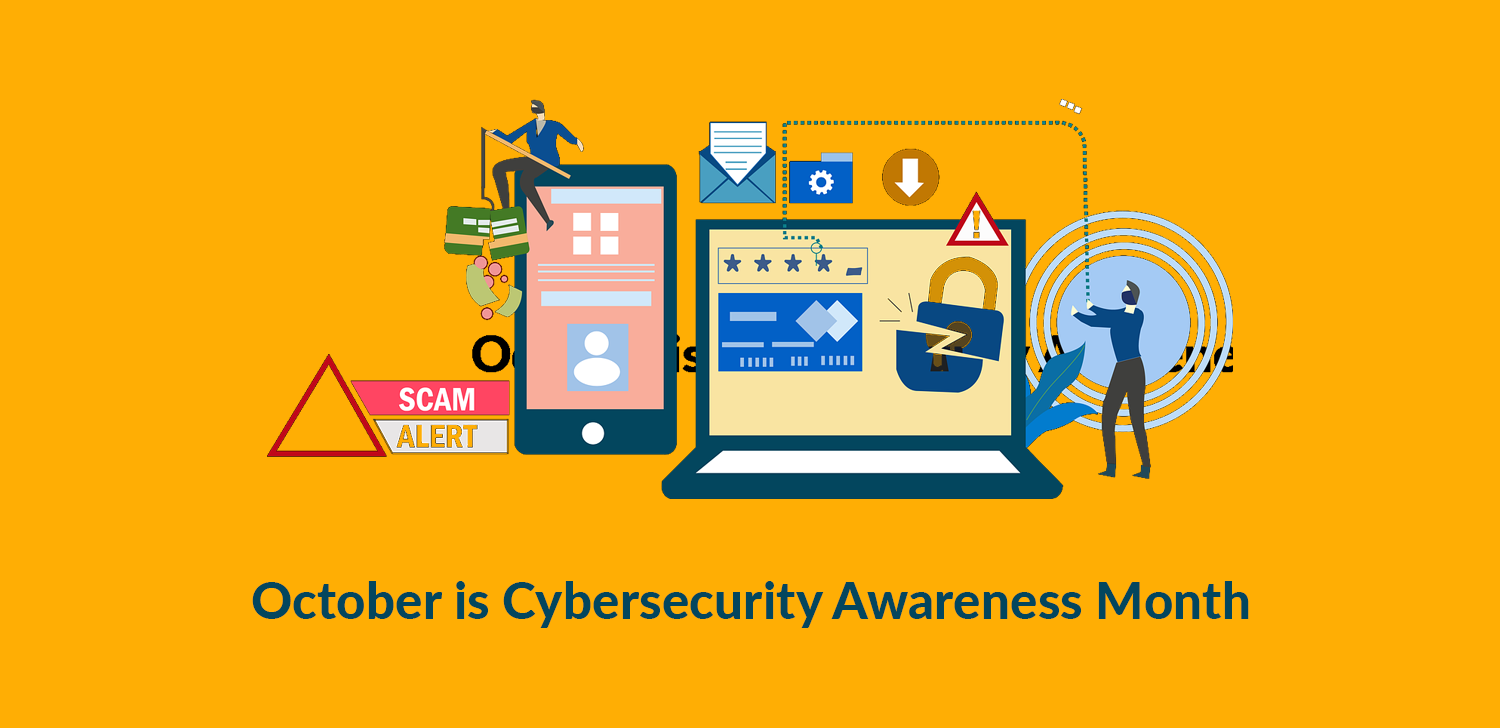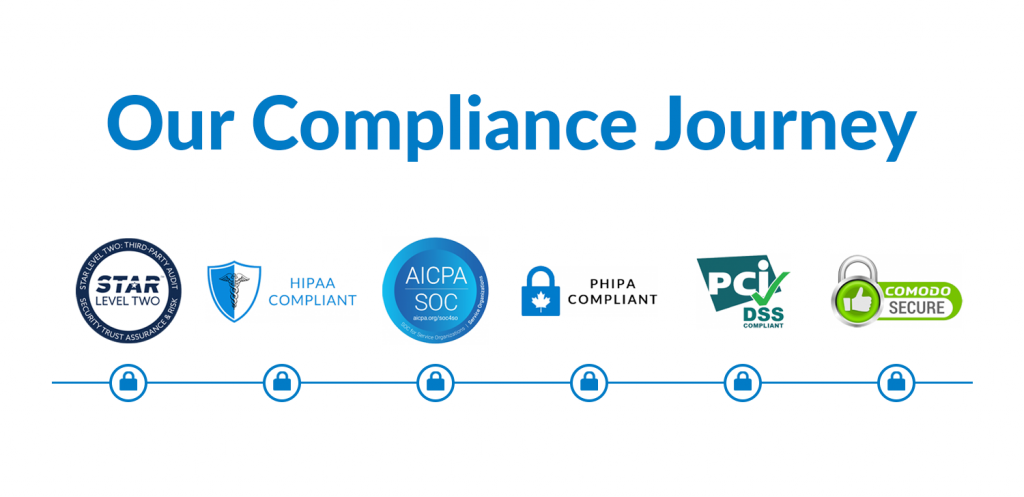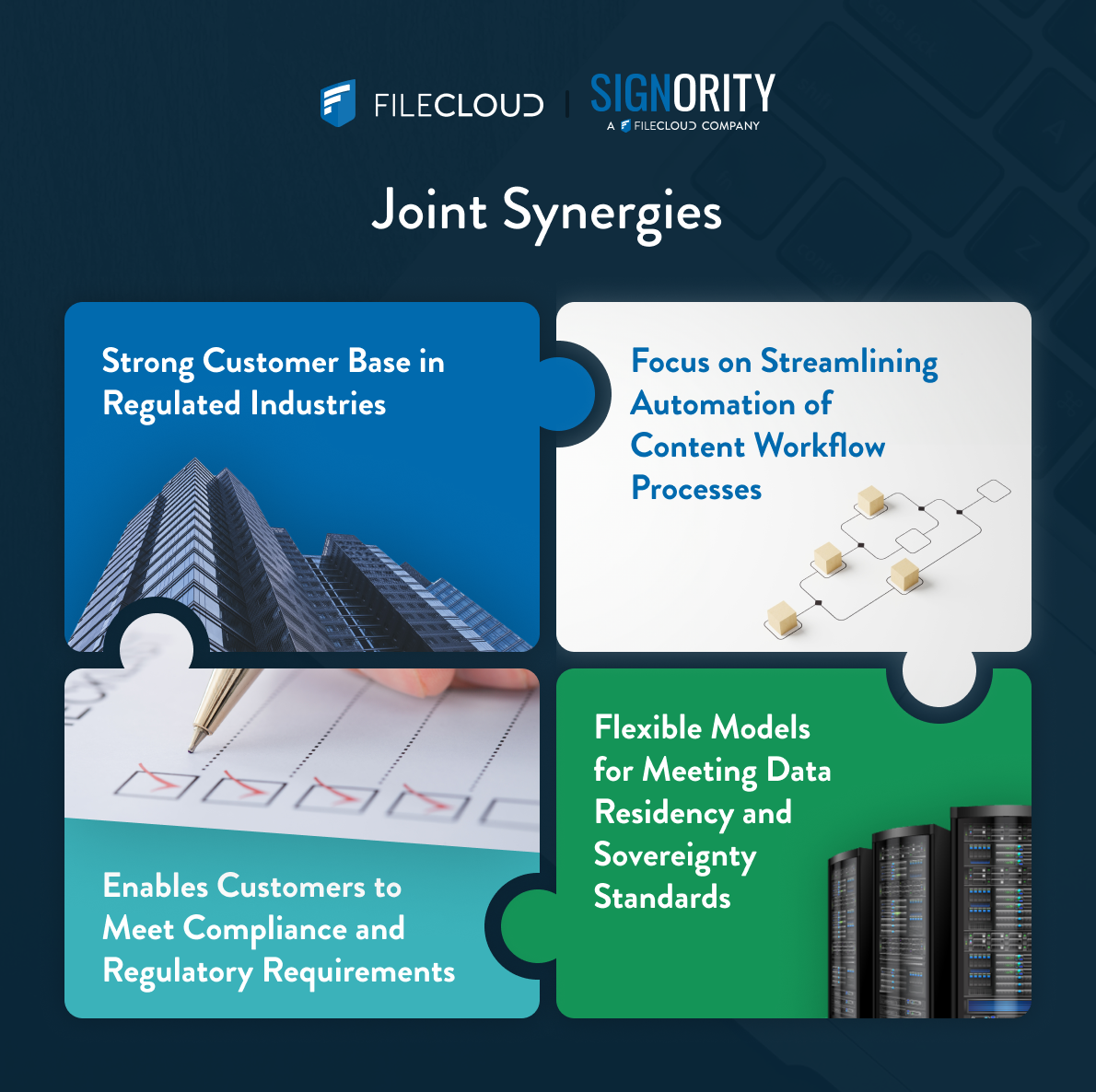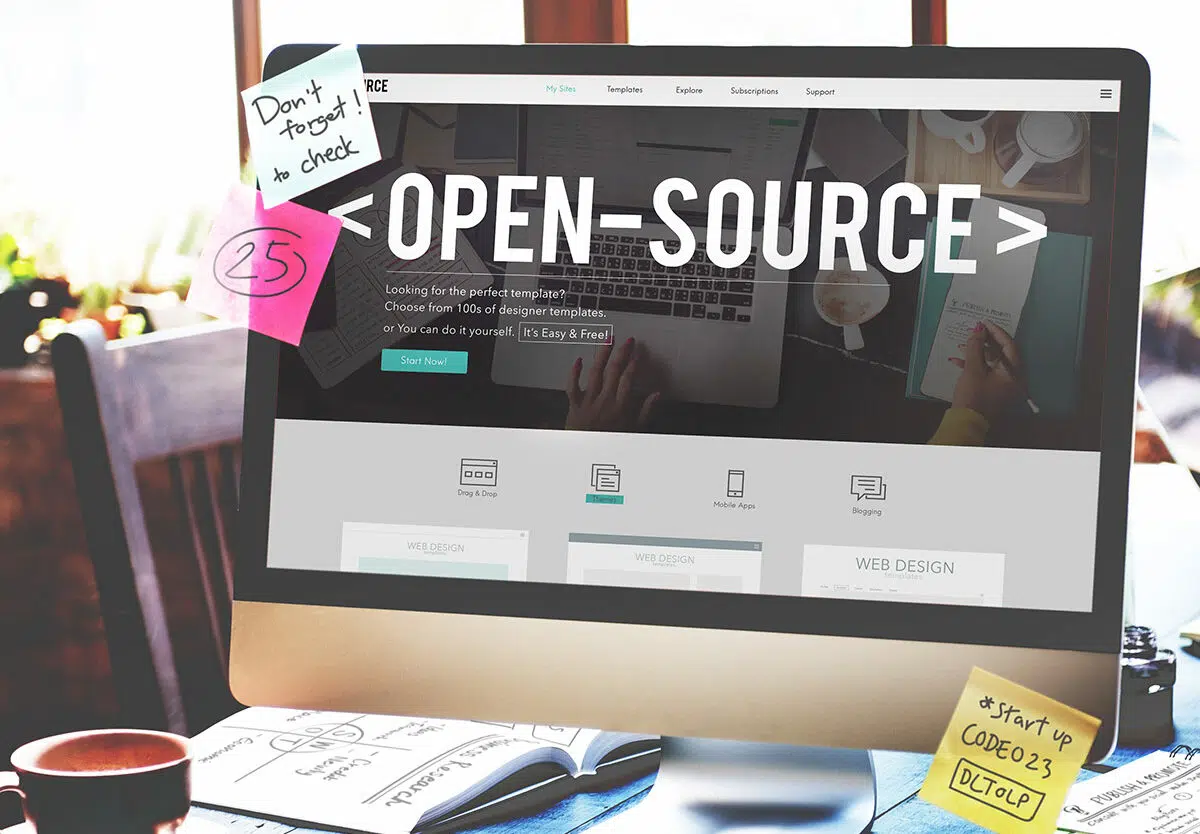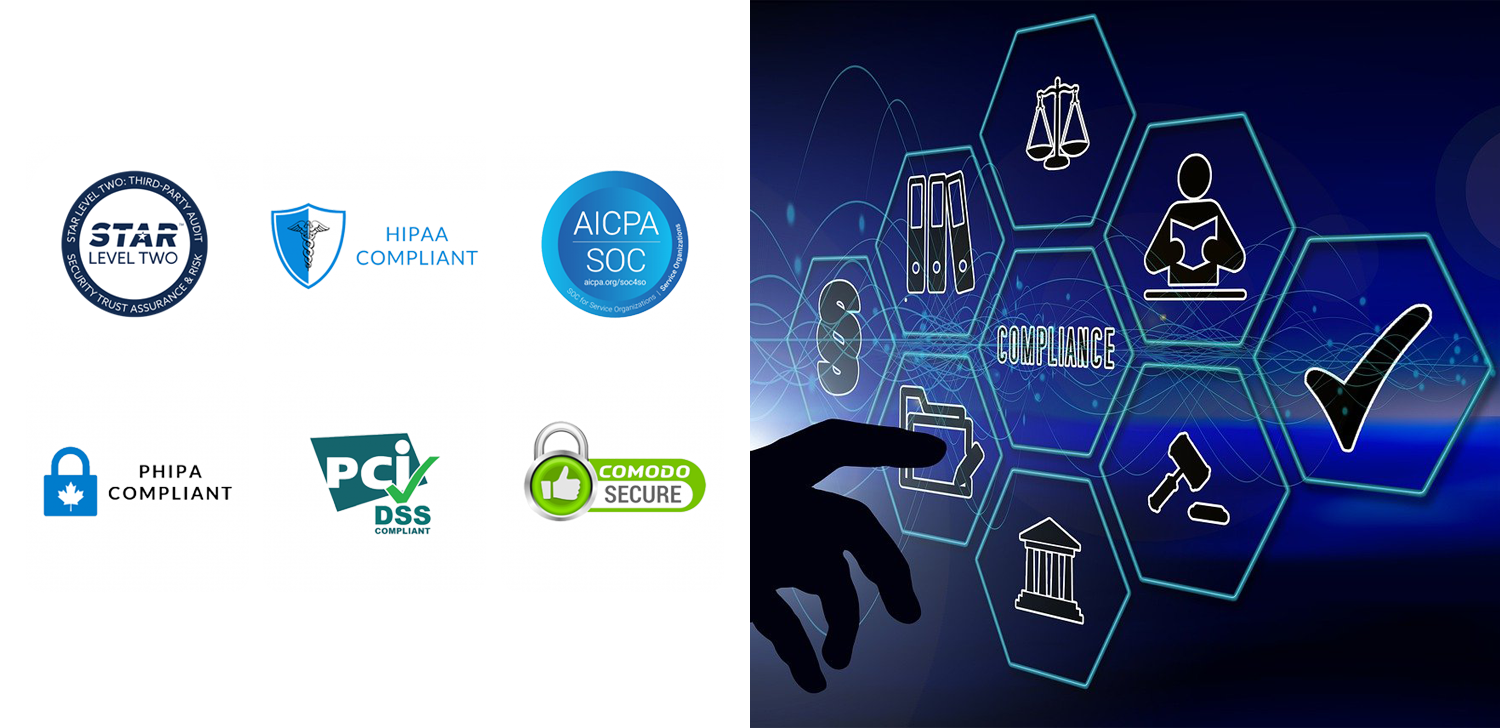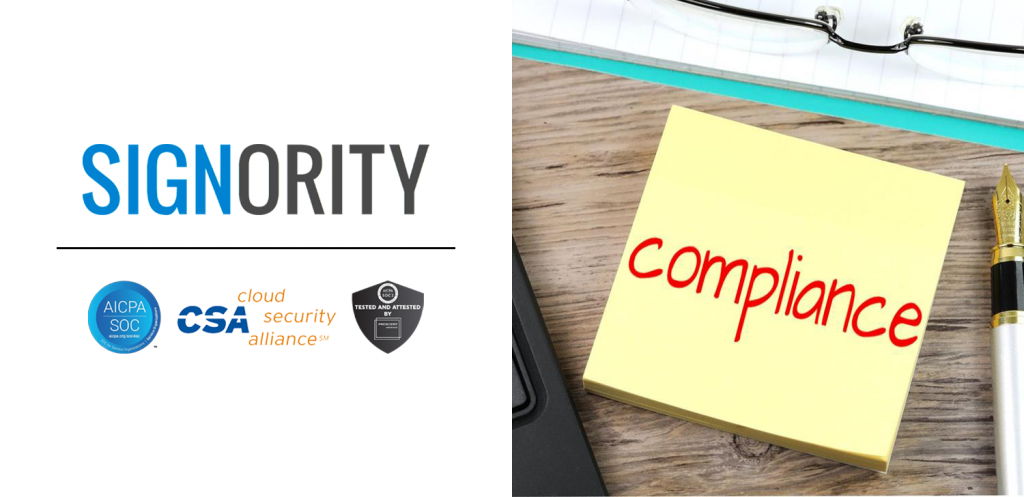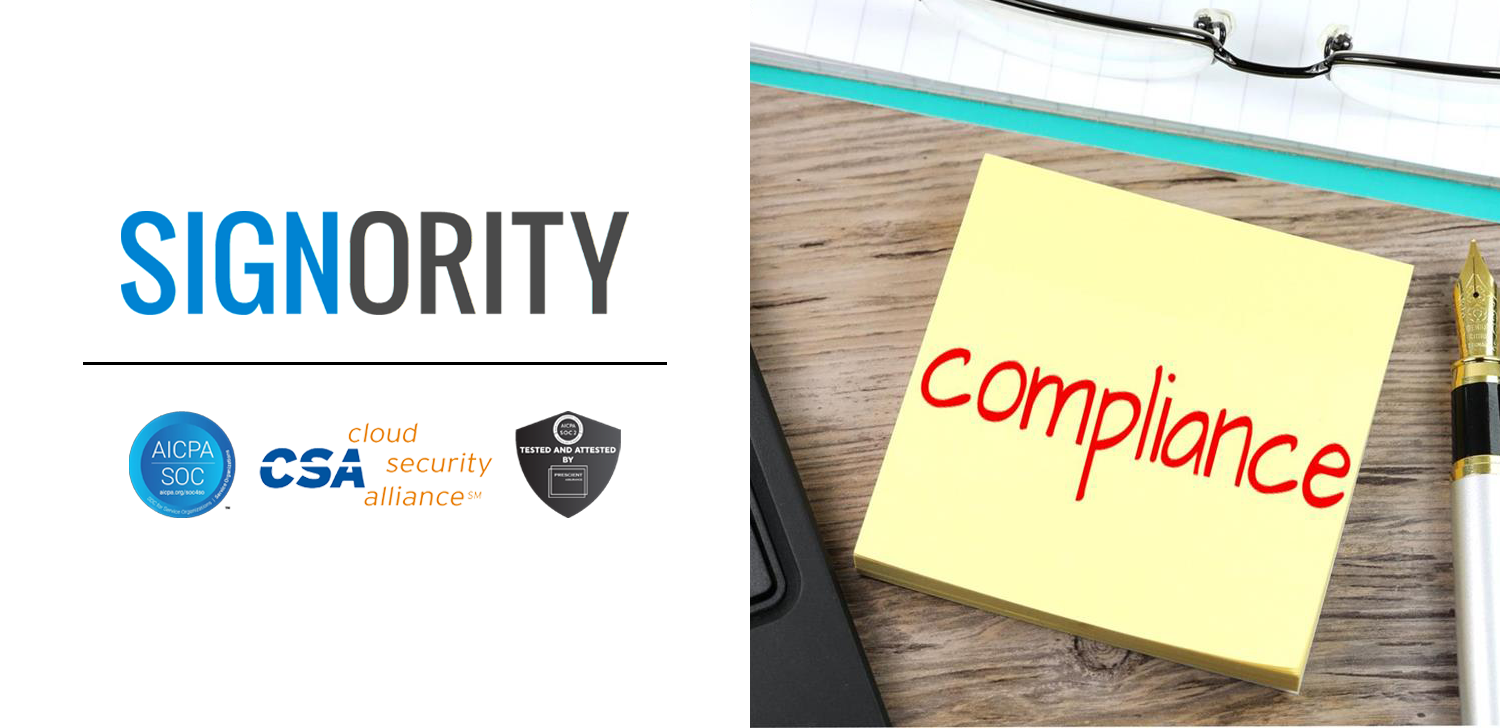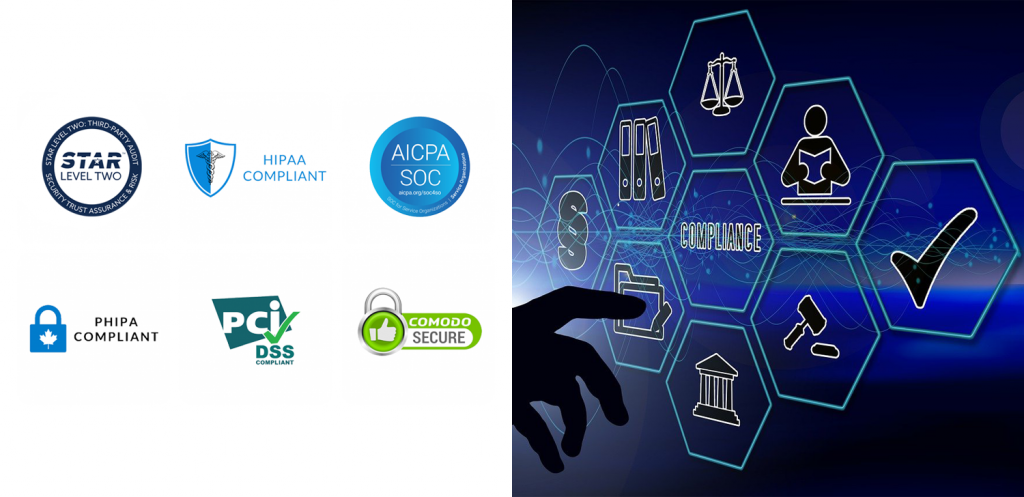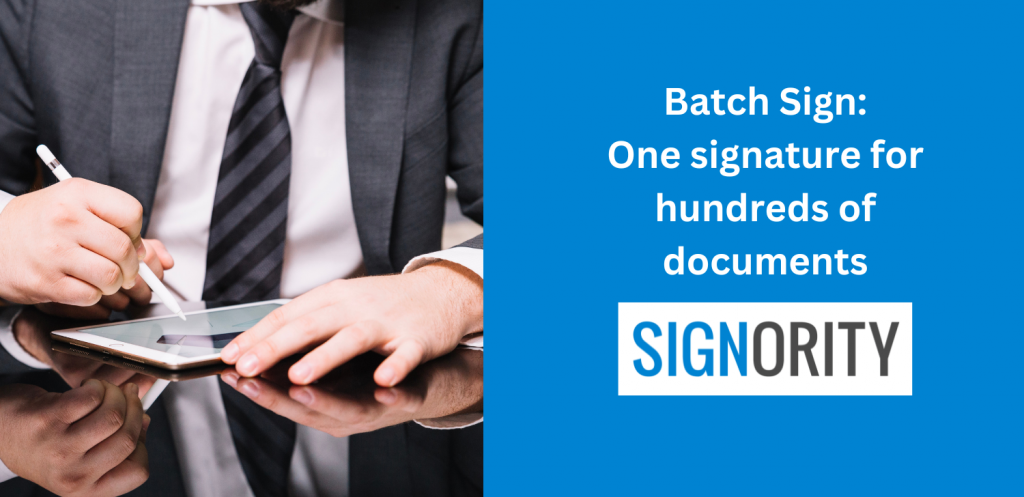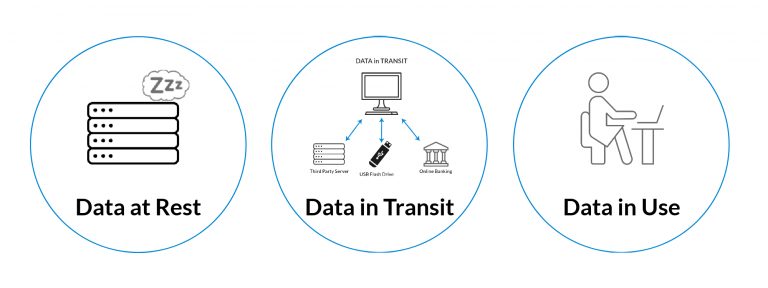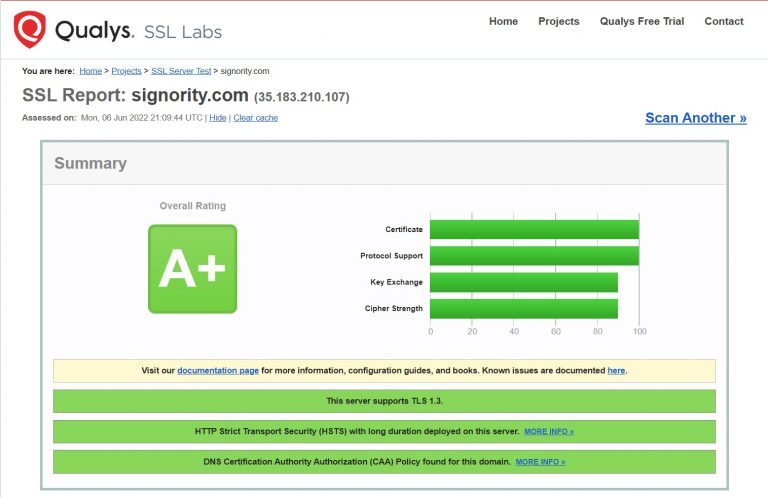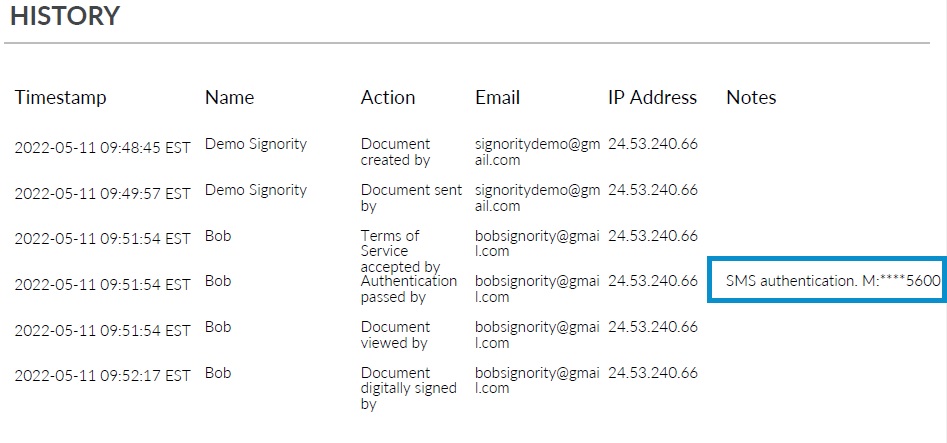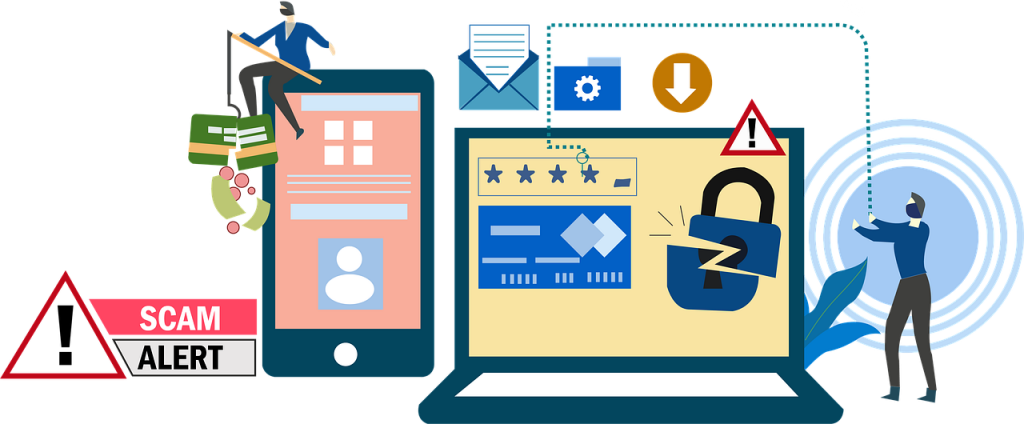
October is Cybersecurity Awareness Month
Celebrating Cybersecurity Awareness Month:
Simple Tips to Protect Yourself Online
October 17th, 2023
October is more than just a month for pumpkin-spiced treats and preparing for Halloween – it’s also Cybersecurity Awareness Month. In today’s digital age, where much of our lives revolves around the online realm, it becomes essential to understand the significance of cybersecurity and how to stay safe.
Let’s explore some basic but crucial steps everyone should be taking to ensure a safer online experience.
1. Update Regularly
Ensure that all your software, especially your operating systems and browsers, are up-to-date. Hackers often target vulnerabilities in outdated software. Turn on automatic updates whenever possible.
2. Strong Passwords are Your First Line of Defense
It might seem basic, but many people overlook this step. Use strong, unique passwords for every account. Consider using a passphrase—a combination of four or more unrelated words—and throw in a few special characters for good measure.
3. Use Two-Factor Authentication (2FA)
Whenever possible, enable 2FA on your accounts. This provides an additional layer of security by requiring a second piece of information beyond just a password.
4. Be Wary of Phishing Scams
Always treat unsolicited messages with a healthy dose of skepticism. Refrain from engaging with dubious links or downloading uncertain attachments. Here’s a golden rule to live by: genuine organizations won’t solicit sensitive information through email.
To highlight the evolving nature of threats, I regularly get deceptive bank alerts. Moreover, with the rise of cutting-edge scams, such as those that deploy AI to replicate the voices of people we know, our guard must remain up. In fact, CBC recently reported on how scammers, armed with voice-cloning AI, can deceive even close family members, underscoring the importance of continuous vigilance.
5. Secure Your Home Network
Change the default password on your home router and consider setting up a guest network for visitors.
6. Keep Your Personal Information Private
Be cautious about what personal information you share online. The more cybercriminals know, the more effectively they can scam you or steal your identity.
7. Regularly Backup Important Data
Ensure you have backup copies of critical data in case something goes awry. Whether it’s cloud storage or an external hard drive, regularly backing up data can save you from potential catastrophe.
8. Stay Informed
Cybersecurity is a rapidly evolving field. Keep up-to-date with the latest news and practices to ensure you’re always at the top of your game.
While the digital world brings about incredible conveniences and opportunities, it also carries risks. This Cybersecurity Awareness Month, let’s commit to being more vigilant and proactive about our online safety. Remember, cybersecurity is a shared responsibility. When each of us does our part, we all reap the benefits of the digital world more safely and securely.
On that note, Invest Ottawa is hosting an event titled “Innovation Meets Security.” I’m excited about the insights it promises and hope to see you there!

